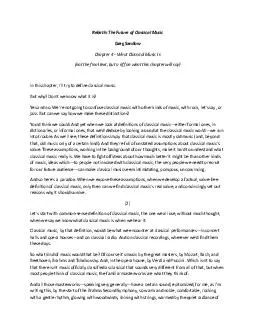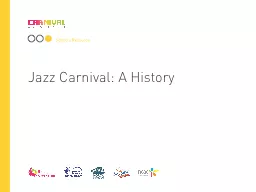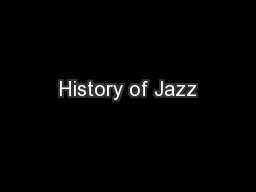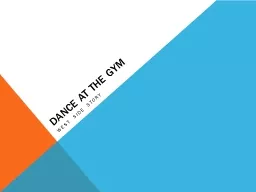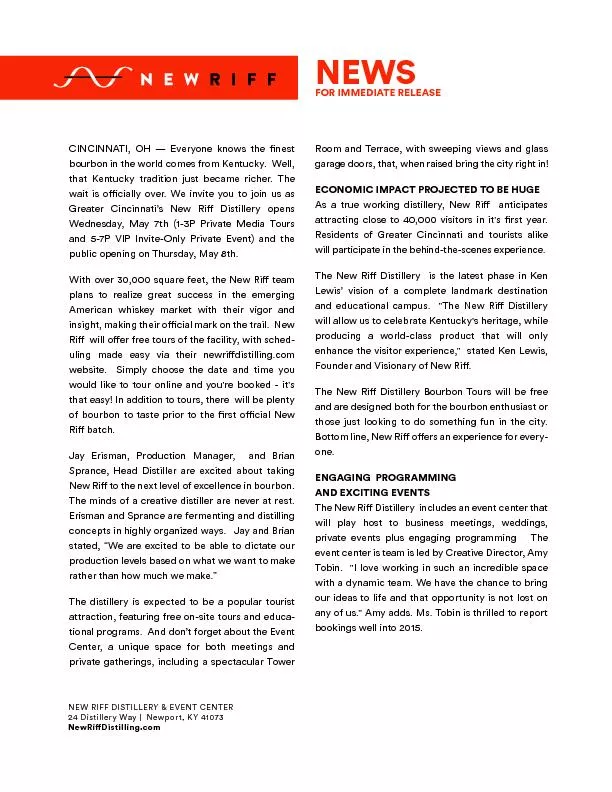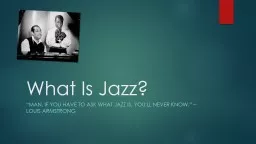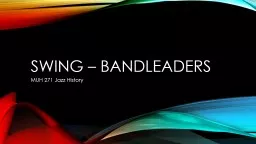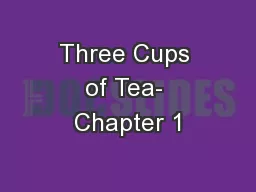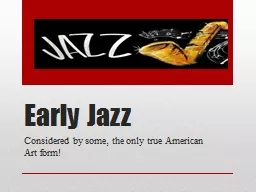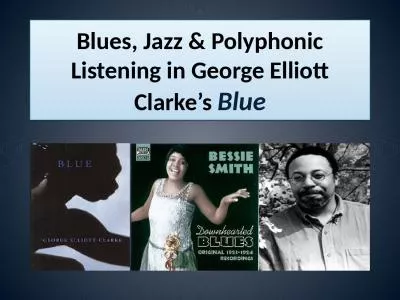PDF-Rebirth The Future of Classical Music Greg Sandow Chapter What Classical Music Is n ot
Author : cheryl-pisano | Published Date : 2014-12-26
But can we say how we make these distinctions z either formal ones in classical music world we run that old music only of a certain kind A nd unstated assumptions
Presentation Embed Code
Download Presentation
Download Presentation The PPT/PDF document "Rebirth The Future of Classical Music Gr..." is the property of its rightful owner. Permission is granted to download and print the materials on this website for personal, non-commercial use only, and to display it on your personal computer provided you do not modify the materials and that you retain all copyright notices contained in the materials. By downloading content from our website, you accept the terms of this agreement.
Rebirth The Future of Classical Music Greg Sandow Chapter What Classical Music Is n ot: Transcript
Download Rules Of Document
"Rebirth The Future of Classical Music Greg Sandow Chapter What Classical Music Is n ot"The content belongs to its owner. You may download and print it for personal use, without modification, and keep all copyright notices. By downloading, you agree to these terms.
Related Documents

